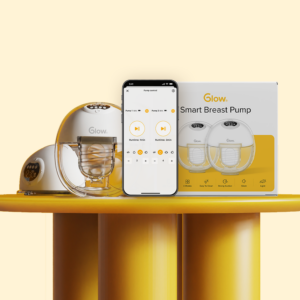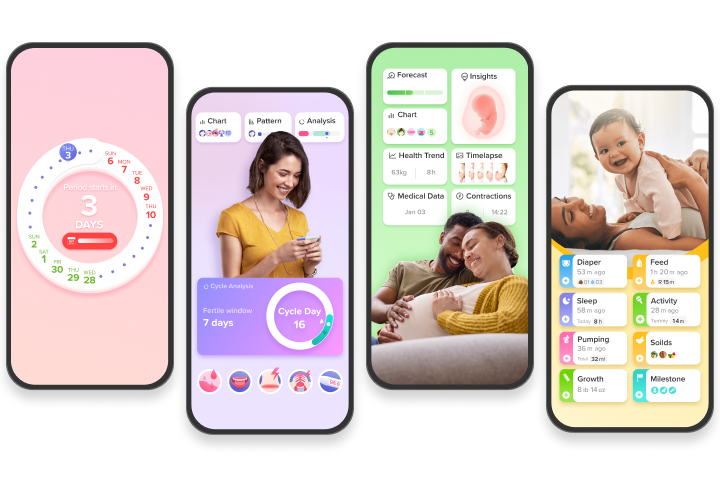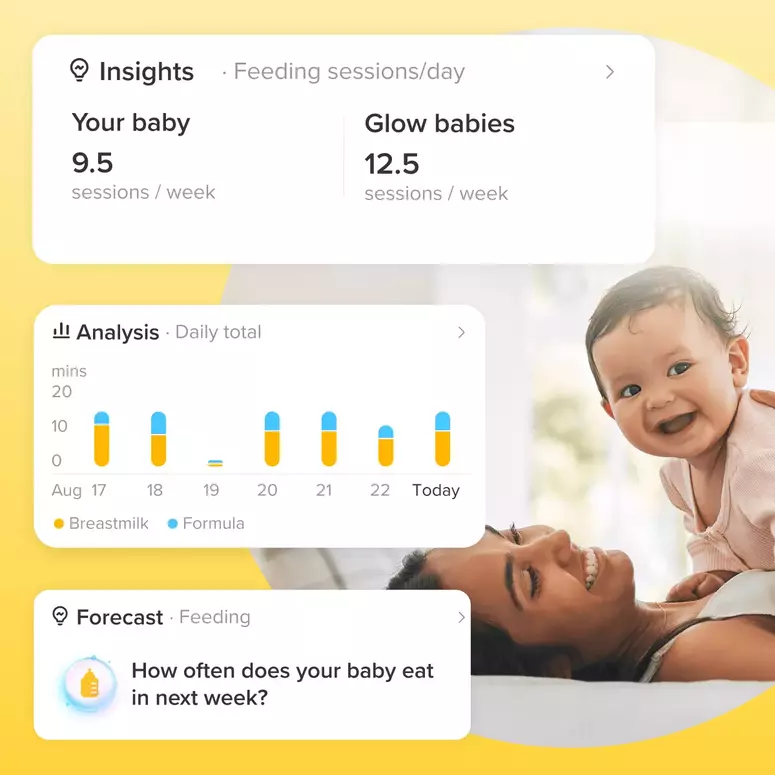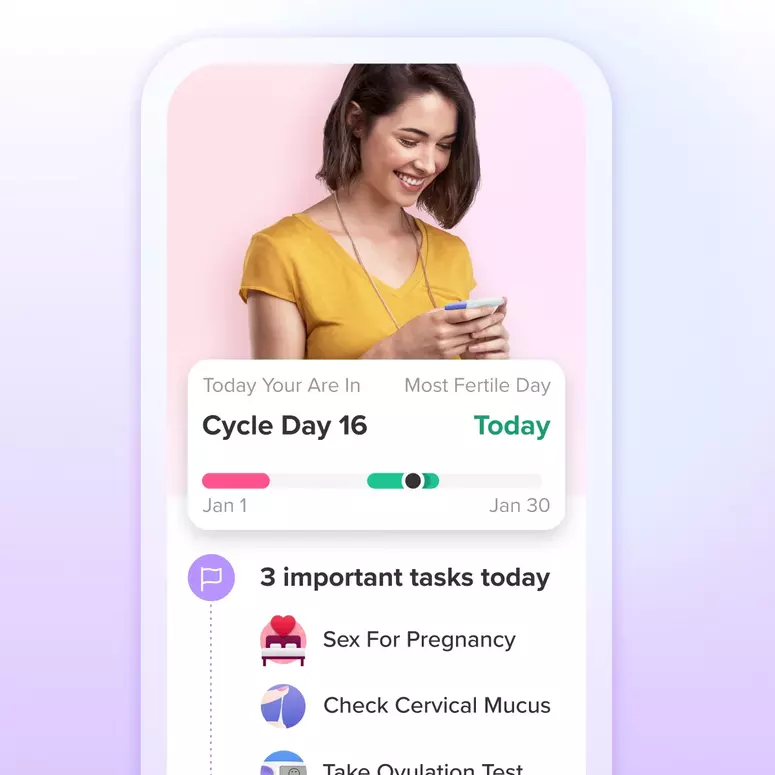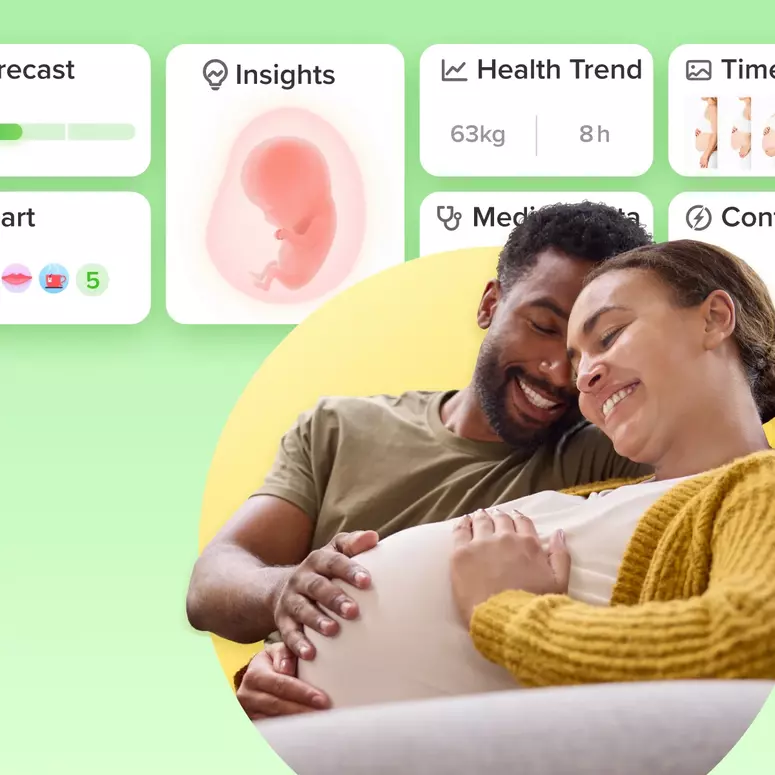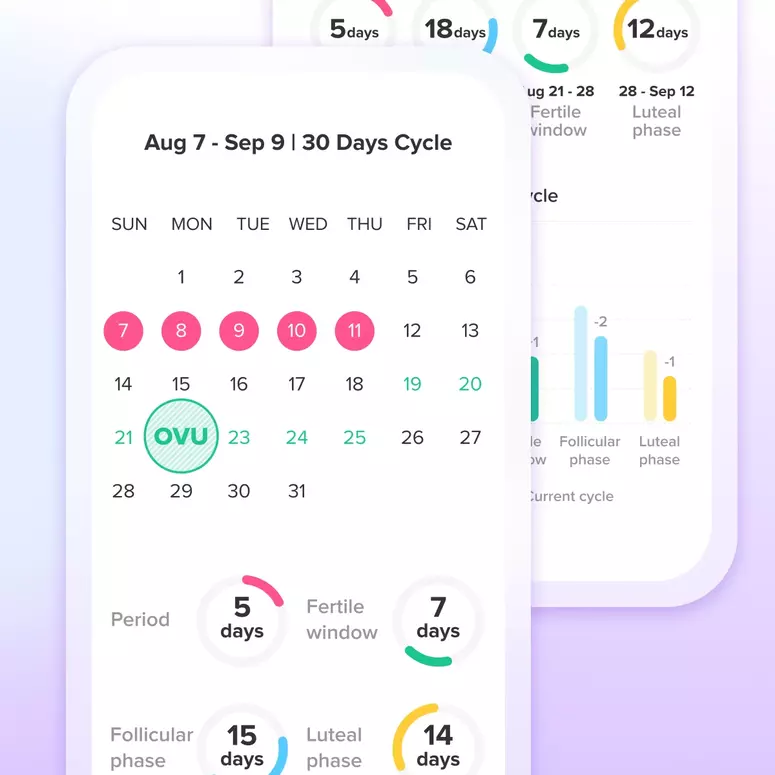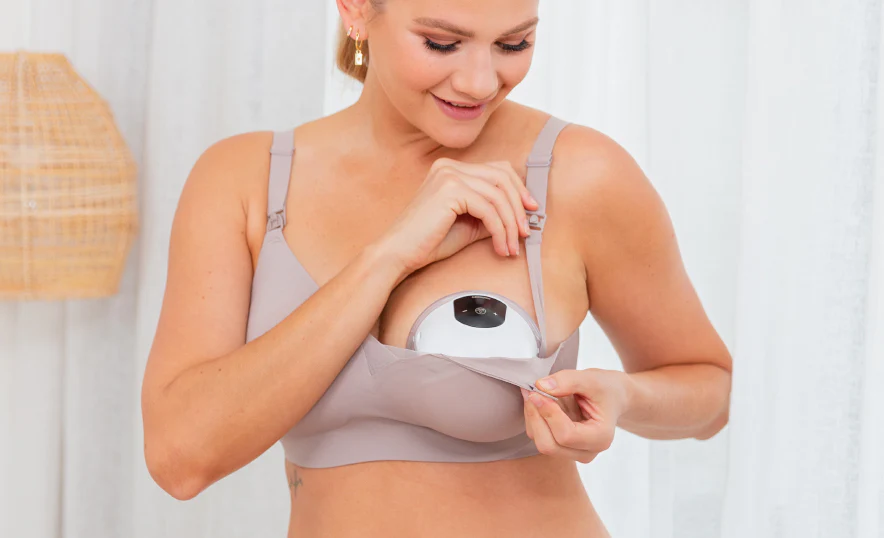
Wearable breast pumps have revolutionized pumping for many mothers, offering freedom and flexibility.1 However, maximizing their effectiveness and comfort requires a few key tips. Here’s a guide to ensure a positive experience:
TABLE OF CONTENTS
- Proper Sizing and Placement
- Optimizing Pumping Sessions
- Maintenance and Hygiene
- Troubleshooting
- Seeking Support
Proper Sizing and Placement
Just like with manual breast pumps, getting the right flange fit is important for wearable pumps. Flanges that don’t fit well can cause discomfort, make you produce less milk, and even hurt your nipples. So, measure your nipple size and check the pump’s sizing guide, since many brands offer different flange sizes. Also, make sure the pump fits closely and comfortably against your breast for a good seal and the best suction. Check the instructions to get the placement and alignment just right.
How to Measure Your Nipples to Find the Best Flange Fit
Finding the right flange size is key for comfortable and effective pumping! While observing your nipples during pumping can offer clues (they should move freely with minimal areola being pulled in), measuring them provides a more precise starting point, especially when you’re looking to buy new flanges.2
Let’s focus on the measurement method. Grab a ruler or a soft measuring tape with millimeter markings – remember, flanges are sized in millimeters, and 1 centimeter equals 10 millimeters.
Here’s the simple process:
- Measure the base: Gently measure straight across the base of your nipple, right where it meets the darker skin of your areola. Make sure you’re only measuring the width of the nipple itself, not including any part of the areola.
- Add a little wiggle room: Take your measurement in millimeters and add 4 millimeters to it. This extra space accounts for comfortable movement and the natural expansion of your nipple during pumping.
- Find your flange size: Choose a flange size that is equal to or just slightly larger than your calculated measurement.
It’s also a great idea to measure both nipples. Many mothers find that their nipples are slightly different sizes and require different flange sizes for optimal comfort and milk output. Don’t hesitate to use two different flange sizes if that feels best for you! Getting the right fit can truly make a world of difference in your pumping experience.
| Base of nipple | Add a buffer | New measurement | Try this flange size |
| 15mm | + 4mm | 19mm | 21mm |
| 20mm | 24mm | 24.5mm | |
| 28mm | 32mm | 33mm |
Optimizing Pumping Sessions
Keep in mind that every breastfeeding journey is unique! The frequency with which you need to pump to meet your newborn’s milk requirements can vary from person to person. What works well initially might also evolve over time as both your body and your baby settle into a rhythm. Be prepared for your pumping schedule to adapt as you and your little one grow and change.
When using a wearable pump, start with a gentle suction and slowly increase it until it’s comfortable, making sure it never hurts. Keeping a regular pumping schedule, especially at the beginning, helps your milk supply stay strong, just like a baby’s feeding routine.3 The hands-free design is great for multitasking, like working or reading, but try to avoid really active things that might mess with the seal.4 Also, gently massaging or compressing your breasts while pumping can help with milk flow, and lots of wearable pumps work well with hands-free compression bras.
Maintenance and Hygiene
Pumping offers a wonderful way to give your baby breast milk. If your little one arrived early or has any health issues, the healthcare team might have specific guidelines for safe breast milk pumping, so be sure to follow their recommendations.
Here are some important steps to keep in mind for each pumping session:5
Before Each Use:
- Wash those hands! Scrub your hands thoroughly with soap and water for a full 20 seconds.
- Get ready to pump. Assemble your clean pump kit. Take a quick look to ensure no parts, especially the tubing, show any signs of mold or dirt. Moldy tubing should be thrown away and replaced right away.
- Using a shared pump? Give the pump dials, power switch, and countertop a wipe-down with a disinfectant wipe.
After Every Use:
- Store your liquid gold safely. Seal your milk collection bottle or bag tightly, label it clearly with the date and time, and get it into the refrigerator, freezer, or a cooler bag with ice packs ASAP.
- Clean up your pumping space. If you’re using a shared pump, remember to wipe down the dials, power switch, and countertop again with disinfectant wipes.
- Disassemble and check your pump kit. Take apart all the tubing and every piece that touched your breast or the milk (like the flanges, valves, membranes, connectors, and bottles).
- Rinse it well. Rinse all those milk-contacting parts under running water to wash away any leftover milk.
- Clean your pump kit thoroughly. Clean these parts as soon as you can after pumping.
- Don’t forget the washing tools! If you used a wash basin or bottle brush, rinse them well and let them air dry after each use. Consider washing them more deeply every few days, either in a dishwasher with hot water and a heated drying cycle (if they’re dishwasher-safe) or by hand with soap and warm water.
Troubleshooting
When embracing the freedom of a wearable pump, a few extra considerations can enhance your experience:
Listen to Your Body’s Signals
Pay attention to how your breasts feel during and after pumping with a wearable pump. Any persistent discomfort, unusual swelling, or changes in milk output should be discussed with a healthcare professional or lactation consultant.
Leak Prevention is Key
Beyond checking the flange seal and pump position, ensure your bra is providing even pressure to hold the pump snugly against your breast. Sometimes a slight adjustment in how the bra fits or adding a bra extender can make a difference. Also, be mindful of how full the collection cups are, as overfilling can sometimes lead to leaks.
Prioritize Comfort, Always
If you experience any discomfort, don’t hesitate to stop. Re-evaluating your flange size and suction strength is crucial. Connecting with a lactation consultant can offer tailored advice and help troubleshoot any persistent pain or fitting issues specific to wearable pumps.
Power Up for Convenience
Keeping your pump charged is non-negotiable for seamless pumping on the go. A portable charger is definitely a must-have. Consider having a charging schedule that fits your routine, so your pump is always ready when you need it. Knowing your pump’s battery life under different settings can also help you plan.
The Right Bra Makes All the Difference
A supportive and well-fitting bra designed for hands-free pumping is invaluable. Look for bras with good structure and adjustable straps to ensure the pump stays securely and comfortably in place, allowing for optimal suction and milk expression. Experiment with different styles to find what works best with your body and pump.
Optimize Your Output
Gentle breast massage before and during pumping can encourage better milk flow. Some wearable pumps have massage or expression modes – explore these features to see what works best for you. Finding a comfortable and relaxed posture can also positively impact milk release.
Smart On-the-Go Pumping
When pumping outside your home, plan for milk storage. Insulated cooler bags with ice packs are essential for maintaining milk safety. Consider bringing extra storage containers or bags for multiple pumping sessions.
Cleaning Made Easier
While thorough cleaning is always necessary, having a few pump-cleaning wipes in your bag can be handy for quick clean-ups when you’re out and about until you can properly wash the parts.
Know Your Pump’s Features
Take some time to understand all the settings and features your wearable pump offers. Experiment with different suction levels and patterns to find what maximizes your milk output and comfort. Some pumps have timers or tracking features that can be useful.
Seeking Support
If you’re finding things a bit tricky or have any worries about your milk supply, please reach out to a lactation consultant! They’re wonderful at giving personalized advice and support. Also, connecting with other breastfeeding moms in Glow Community can be very helpful. Sharing stories and tips can make a world of difference!
Article sources:
- Centracare. Wearable Breast Pumps: A Lactation Consultant’s Pros and Cons. Retrieved August 04, 2023.
- Evenflofeeding.com. How to Measure Your Nipples to Find the Best Flange Fit. Retrieved May 07, 2021.
- Healthline. Pumping Schedule Samples and How to Create the Right One for You. Retrieved May 20, 2020
- Centracare. Wearable Breast Pumps: A Lactation Consultant’s Pros and Cons. Retrieved August 04, 2023.
- Centers for Disease Control and Prevention. How to Clean and Sanitize Breast Pumps. September 12, 2024.
